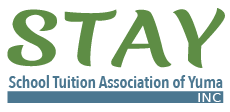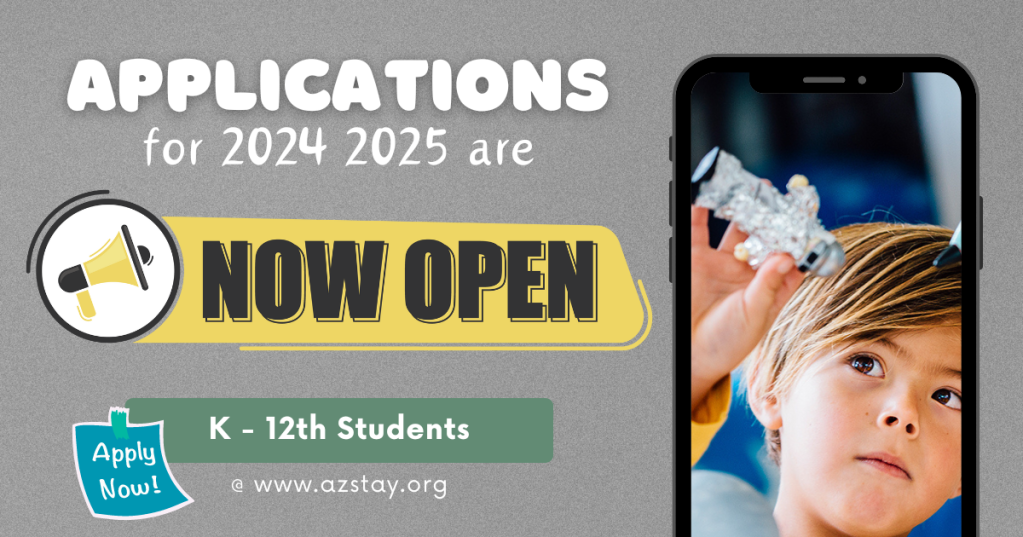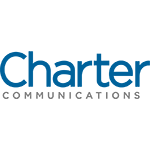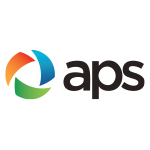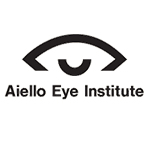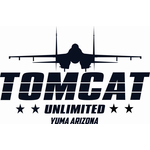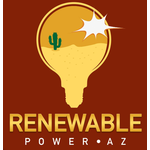What's Going On Right Now
By George F. Will, The Washington Post, Columnist
PHOENIX — Fittingly, the youngest of the contiguous 48 states is leading the brisk pace of the national embrace of K-12 education’s future: school choice. Predictably, Arizona Democrats, including Gov. Katie Hobbs, seem determined to regulate into anemia a program too popular — especially with some traditional Democratic constituencies — to repeal.
In the state’s universal education savings account program, the money follows the pupil. ESAs provide an average of $7,143 for parents of children leaving traditional public schools to spend on alternatives, including home schooling. Arizona spends about $13,500 per public school student; if everyone opted for ESAs, the state would save money.
School choice came here in increments, first (in 2011) for special needs children, then for people in failing schools, then active duty military parents, then Native Americans on reservations. The great accelerant of healthy education policy was a virus. Republican Ben Toma, the state’s House speaker, says universal ESAs “wouldn’t have been possible without covid.”
The pandemic was an ill wind that filled the sails of the choice movement nationally. Children consigned to “remote learning” opened their laptops at home, and parents heard indoctrination served up as learning. And they recoiled against teachers unions that lobbied to keep schools closed, even though children were an age cohort essentially unthreatened by the coronavirus. Even before pandemic, an illegal teachers strike had Arizona parents (in Toma’s words) “fleeing the stupidity.” As the Goldwater Institute’s Timothy Sandefur has said, “The mystique of the public school teacher” is fading.
Ninety-nine years ago, the Supreme Court, declaring unconstitutional an Oregon law requiring children to attend public schools, affirmed parents’ right to “direct” their children’s education. Teachers unions, among Democrats’ largest donors, work tenaciously to attenuate this right with regulations and litigations about even schools’ minute operational choices.
For more than 30 years , charter schools — non-unionized public schools, exempt from bureaucratic calcification and conformity that stifles pedagogical experimentation — have brought cultural and curricular diversity to 45 states and D.C. Doug Ducey, a Republican who served as governor from 2015 to 2023, made Arizona the nation’s school-choice leader, which is one reason he won 44 percent of the Hispanic vote when winning reelection in 2018 against a Hispanic opponent. (Hispanics are the fastest-growing charter school cohort. The affluent have school choice in their checkbooks.) Ducey says that if Arizona’s 525 charter schools were the state’s K-12 system, his state would lead the nation in math, reading and science.
Today, more than one-third of all U.S. school children could participate in choice programs. Deep-blue Illinois, which recently killed its small school choice program (disproportionately used by minorities), spends 60 percent to 80 percent more per pupil than Texas, Alabama and Tennessee, where school choice is firmly planted and reading results equal those in high-spending Illinois.
Public schools’ educational results often move inversely with the spending that increasingly funds administrative bloat. Between 2002 and 2020, public-school employees increased by about 780,000, about three-quarters of them non-teachers, who in 2020 were 52 percent of schools’ employees. This occurred while the number of pupils plummeted, partly because of union-driven pandemic closures. In deep-blue Connecticut, between 2002 and 2020, public school staffing increased 14.1 percent while enrollments declined 8.2 percent.
Now, unions are demanding money to combat the learning loss their closures caused and talking about teacher shortages while pupil-teacher ratios reach historical lows, partly because of the flight from public schools. Not, however, in red Florida, where teacher pay has increased to cope with the growth of the under-18 population by 120,000 children since 2020.
Because Arizona attained statehood in 1912 — a populist moment, with Theodore Roosevelt’s third-party presidential candidacy — it adopted a constitutional provision for repealing laws by referendum. In 2022, the teachers union failed to get even enough signatures to put repeal of universal ESAs on the ballot.
In purple Arizona, Republicans have only wafer-thin majorities in the House (31-29) and Senate (16-14). So, in effect, school choice will be on ballot in November. Might the high stakes of contests down the ballots — for state legislative seats — cause ripples upward?
Americans are in an à la carte mood, rebelling against constraints on their choices (e.g., cable television “cord cutting”). And they sense that what is emanating from schools today validates this music educator’s axiom, “Mediocrity is like carbon monoxide: You can’t see it or smell it, but one day, you’re dead.”
Schools are, for many Americans, where contact with government is most intimate. And most unsatisfying. It is, however, much more satisfying here than it was before Arizona chose choice.

Thank you, YACS, for inviting us to share in your special event and to their graduate for this thoughtful Certificate of Appreciation. Congratulations, Melissa! We know your path ahead is very bright!

As you likely have heard, Governor Hobbs released her budget proposal earlier this year. Several of her points are summarized here:
- Implements a requirement that students receiving an ESA must have previously attended a public school for at least 100 days at any point during their K-12 education.
- Repeals Universal ESA beginning in fiscal year 2025.
- Repeals the entire Student Tuition Organization (STO) income tax credit beginning in tax year 2025.
For over 25 years, School Tuition Organizations (STOs) have helped thousands of students attend a private school of their choice because of the Private School Tax Credit Laws – Governor Hobbs wants to take this away from them! Many of these students would never have had the opportunity to receive a private school education if it were not for the scholarships they received from the STOs.
We believe that EVERY student deserves to be in a learning environment that best meets their needs so they can succeed and parents are the ones who should make those decisions, whether that is public school or private school.
How to Take Action:
- Write or call your Legislators and urge them to oppose the proposed changes to the ESA and STO programs. Share your personal stories – they really do make a difference. If you do not know who your legislator is for your zip code, you can find it here.
- When you go to the ballot box in November, make sure you know where the candidates stand on the issue of School Choice. If Parental Choice and student success is important to you, please vote for candidates that support School Choice.
STAY is a member of the Arizona School Tuition Organization Association (ASTOA) who promotes and defends Arizona’s private school choice programs and the thousands of families that depend on them by educating the community and by providing mentorship, resources, and critical support to Arizona’s STOs.
Our voices need to be heard and we need to come together to support school choice so parents can continue to decide what is the best academic environment for their students.
For more information visit SAVE SCHOOL CHOICE here.

SEE YOUR DONATIONS HARD AT WORK in our community through Environmental Stewardship:
Fueled by the support of generous corporations who fund STAY, like you, these young environmentalists collected trash, planted 15 trees, and created lasting memories. Your contributions made it possible for them to be part of something truly special.
The trees they planted will stand tall for years to come, providing shade, oxygen, and habitat for wildlife. Each sapling represents hope for a greener future, a legacy that will outlast us all.
Thank you for continuing to support students in Yuma with your tax credit donations so they can continue to flourish in our community!
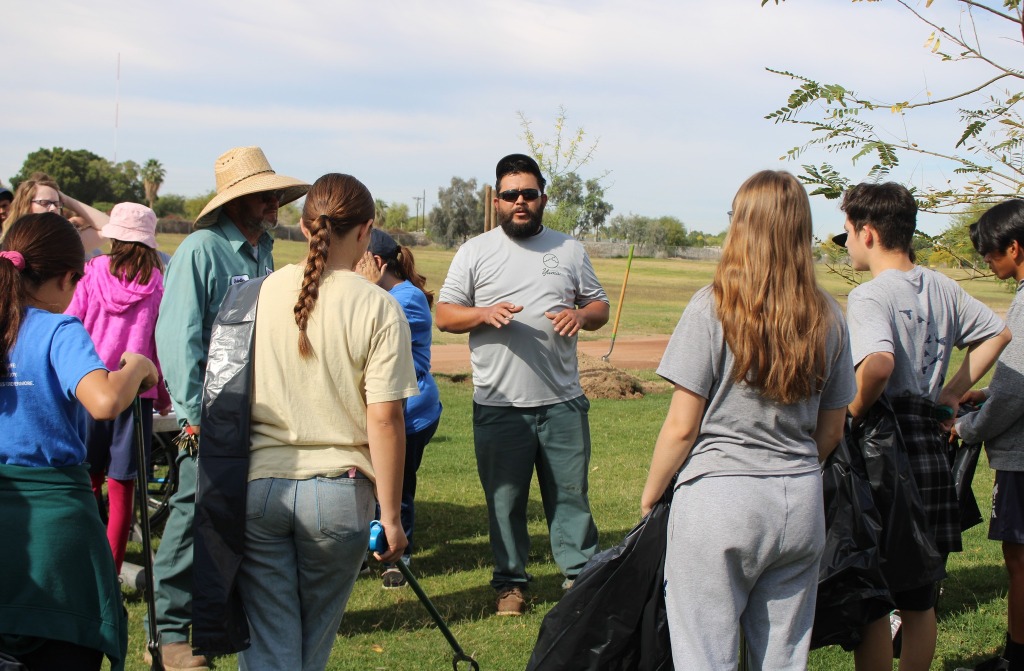
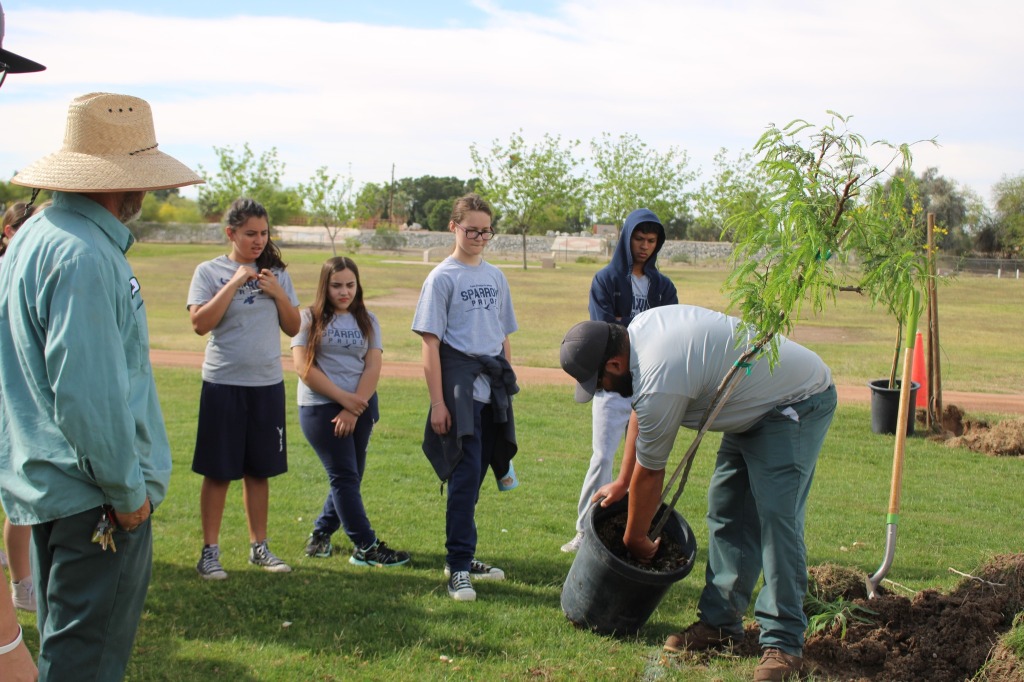


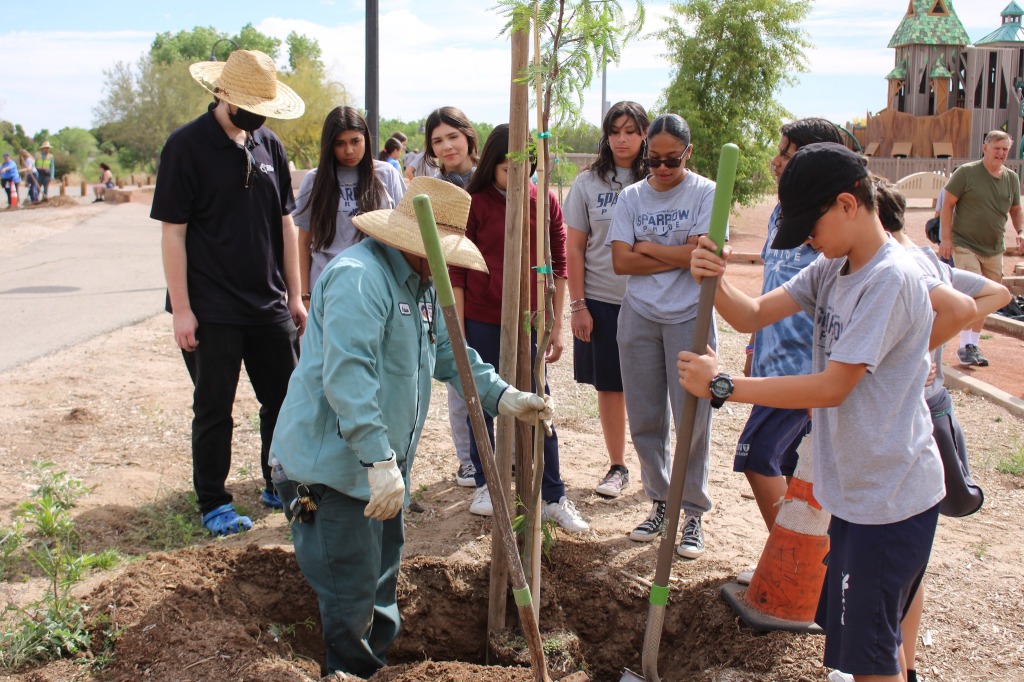


Just days after Arizona Gov. Katie Hobbs announced a plan to toss tens of thousands of families off the Empowerment Scholarship Account (ESA) program, a new Goldwater Institute report finds that universal ESAs have successfully made private education affordable to all families, regardless of income.
Indeed, contrary to the narrative of Gov. Hobbs and her acolytes—who have proposed a government takeover of tuition rates after accusing Arizona private schools of “price gouging” families—new findings reveal that the state’s private school providers have kept tuition rates far lower than the cost of public school per pupil. Additionally, ESAs now cover nearly 100% of tuition at the majority of private schools throughout the state. Among other findings, moreover, private school tuition rates have risen less amid ESA expansion than have the costs to taxpayers of public schools—all as explored in the new report: Universal Opportunity: How Arizona’s Empowerment Scholarship Accounts (ESA) Defied Critics and Unleashed Affordable Private Education for All, Part I.
Indeed, through an analysis of over 160 private schools operating before and after the 2022 expansion of Arizona’s ESA program, this report offers the first direct, substantive analysis of the impact of universal ESA eligibility on the affordability of private education. Specifically, among its key findings, this report documents the following:
- The typical ESA award covers nearly 100% of tuition at the majority of private elementary and middle schools in Arizona. The baseline ESA award level of $7,000+ per child compares to the median elementary and middle school tuition rate of $7,400 as of 2023-2024.
- Private schools in Arizona did not significantly increase their tuition rates in response to the universal ESA expansion. After accounting for the U.S. inflation rate over the same period, median private school tuition rates rose yearly between 0.25% and 1.25% (depending on grade level) in real terms over the course of the 2022-2023 and 2023-2024 school years. Compared to the Phoenix metro area inflation rate, median private school tuition rates actually declined in real terms over the same period.
- Tuition rates at Arizona private schools rose less than per-pupil spending at Arizona public schools in response to universal ESA expansion. Despite claims that ESAs would trigger dramatic tuition inflation among private schools, it is public schools that have continued to raise the costs of education most rapidly. Comparing pre- and post-universal ESA expansion, the median private elementary and middle school tuition increase over two years ($1,050) is significantly less than the officially projected increase ($1,500) in per-pupil spending on Arizona public schools over the same period.
- Universal ESA expansion dramatically increased the affordability of private education for middle class and lower-income families. For each newly eligible ESA participant, a family can now receive over $7,000 of annual award funding to put toward private education, compared to a national inflation-driven increase in Arizona private school tuition of just $1,050 over the past two years.
- ESAs and private education remain significantly less costly to state taxpayers than the public school system at all grade school levels. The typical ESA award (over $7,000) and the median private elementary and middle school tuition rates ($7,400) are several thousand dollars less than taxpayers’ per-pupil spending on Arizona public schools (over $14,000).
- Various private schools explicitly advertise their tuition rates as less than the state’s baseline ESA award amount, ensuring parents have additional ESA funds to put toward extra tutoring, transportation, or other supplementary uses for their children.
- Universal ESAs have already led to the establishment of new high-quality educational offerings, including multiple new campuses operated by one of the state’s highest academically performing public K-12 charter networks, Great Hearts.
ESA opponents have suggested that children should be restricted to government-operated schooling options unless their families can independently buy their way out of them. Failing that, ESA opponents have sought to bring private school providers under the control of the state—subject to the same artificial barriers to quality erected by teachers unions and their allies that have kept America’s educational achievement stagnant for decades.
But now, thanks to the growth of universal school choice in Arizona and across the nation, students and their families have access to high-quality, private education without the financial barriers they have faced for so long.
January 22, 2024
by MATT BEIENBURG


View our Full blog.
